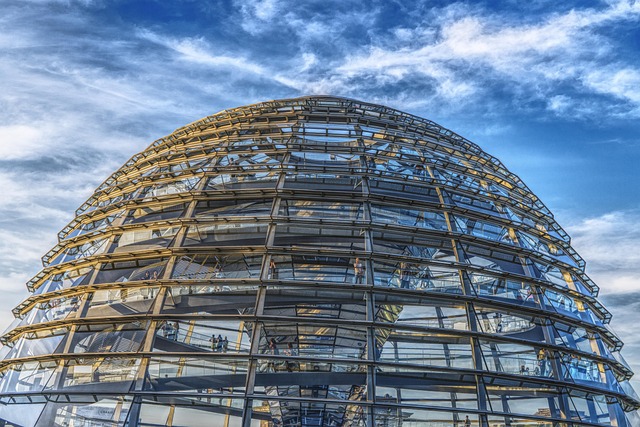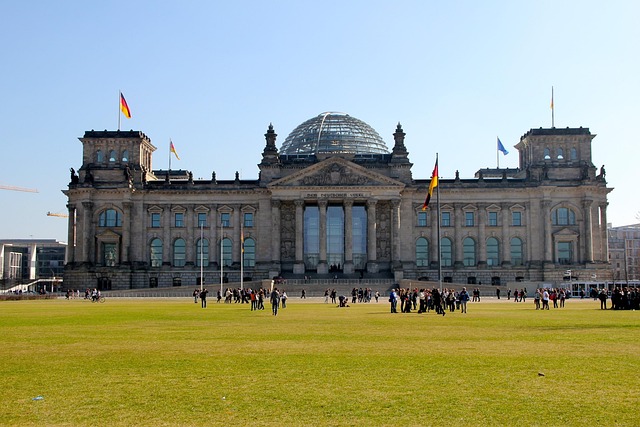How Transportation Subsidies Shape Urban Infrastructure
Transportation serves as one of the linchpins of urban development, shaping the layout and efficiency of cities in profound ways. At the heart of this relationship are transportation subsidies, which governments offer to lower the cost of public transit, encourage the use of alternative transportation methods, and promote economic activity. The implications of these subsidies extend far beyond mere cost savings for commuters. They play a crucial role in determining the capacity, accessibility, and sustainability of urban infrastructure.
The Essence of Transportation Subsidies
Transportation subsidies consisting of financial support from government entities—at local, state, or federal levels—are designed to enhance the affordability and accessibility of different modes of transportation. These can take various forms, including direct cash injections to public transit systems, tax credits for commuters, or investments in infrastructure projects such as roads, bike paths, and rail lines.
While the overarching aim is to make transportation more affordable, there are nuance and complexity in how these subsidies function. They can also encourage certain behaviors, promote economic development, or contribute to urban sprawl depending on how they are allocated and implemented.
Impacts on Urban Infrastructure
The incorporation of transportation subsidies significantly influences urban infrastructure in various ways. Municipal planners, developers, and taxpayers feel the significance of these subsidies in their day-to-day lives. Understanding these impacts is crucial for understanding the broader urban landscape.
Enhancement of Public Transit Systems
One of the primary roles that transportation subsidies play is in enhancing public transit systems. By providing funding, governments can reduce operational costs, allowing for improved services—higher frequency, expanded routes, and more reliable schedules. An efficient public transit system not only enhances commuter satisfaction but also encourages a modal shift from personal vehicles to public transit.
For instance, cities like San Francisco and New York have made extensive use of transportation subsidies to modernize their public transit systems. New York City, for example, has invested billions in upgrading its subway system, largely enabled by state and federal subsidies. This investment has proven beneficial in reducing congestion while promoting sustainable urban form.
Encouragement of Alternative Transportation Modes
Transportation subsidies extend beyond just public transit; they can also promote alternative transportation methods such as cycling and walking. Investments in bike lanes, sidewalks, and greenways can encourage more residents to choose these modes of transit, thereby reducing reliance on cars.
Moreover, subsidies can create an environment that fosters the development of bike-sharing programs and pedestrian-friendly urban designs. For instance, in cities like Seattle and Amsterdam, significant investments in cycling infrastructure, backed by government subsidies, have led to a rise in bicycle use—resulting in lower traffic congestion and improved public health outcomes.
Urban Development Patterns
The influence of transportation subsidies extends into the realm of urban development patterns. With heightened focus on public transit, urban areas may witness denser development around transit hubs or corridors, leading to the creation of transit-oriented developments (TOD). Such developments can help build sustainable communities that provide easy access to employment centers, shops, and recreational areas.
Conversely, if subsidies predominantly promote automobile use—such as road expansions funded by government programs—it can incentivize urban sprawl. Roads attract development, leading to the phenomenon where residential spaces and essential services extend far from city centers. This sprawling model can lead to increased travel times, higher infrastructure costs, and greater environmental impacts.
Economic Implications
Beyond physical infrastructure, transportation subsidies also wield significant economic influence on urban areas. A well-structured transportation system can spur local economic growth, increase job opportunities, and elevate property values in well-connect areas.
Boosting Local Economies
Investments in transportation can attract new businesses while supporting existing ones. Comprehensive public transit networks allow businesses to tap into a broader labor pool, while also providing access to consumers. For instance, a study conducted in Atlanta showed that public transit improvements led to higher sales for businesses located near transit stations.
Job Creation Opportunities
The implementation of transportation subsidies often leads to job creation, not only within the transit sector but across multiple industries. Infrastructure projects necessitate manpower, leading to short-term job opportunities while also establishing conditions for long-term economic investment. Moreover, improved access can lead to the creation of new jobs in underserved communities.
Effect on Property Values
Another economic consequence of transportation subsidies is their effect on property values. Properties located near well-connected transit lines typically see an increase in value, as the convenience of public transportation becomes a selling point for potential buyers. This can lead to gentrification, where low-income residents are displaced due to rising rents, complicating the socio-economic landscape of urban areas.
Sustainability and Environmental Considerations
The significant environmental footprint of urban transportation makes sustainability a crucial consideration when discussing transportation subsidies. Encouraging cleaner modes of transportation can lead to reduced greenhouse gas emissions, improved air quality, and a smaller environmental footprint.
Reducing Greenhouse Gas Emissions
Transportation is a major contributor to urban greenhouse gas emissions. By prioritizing subsidies for public transit and non-motorized transport options such as cycling and walking, urban areas can effectively reduce their carbon emissions. This shift aligns with global efforts to combat climate change and create resilient communities.
Enhancing Urban Livability
Sustainable urban design, empowered by effective transportation subsidies, leads to enhanced livability. Cities that prioritize accessible transportation foster environments characterized by less pollution, noise, and traffic congestion, leading to urban spaces where residents can thrive. People are more likely to engage in outdoor activities, socialize, and enjoy a sense of community when living in well-connected, clean areas.
Challenges and Controversies
While transportation subsidies have many advantages, they are not without challenges and controversies. Funding allocation, political priorities, and differing urban needs can complicate the effectiveness of subsidies.
Equity Issues
Equity is a vital concern in the discussion surrounding transportation subsidies. In many cases, subsidies tend to favor certain populations or areas over others. For instance, affluent neighborhoods might secure investments in transportation infrastructure over less wealthy ones, perpetuating existing disparities. Thus, policymakers need to ensure that subsidies prioritize equity and equitable access to transportation for all citizens.
Political Dynamics
The political dynamics surrounding transportation funding can hinder progress and lead to unpredictable outcomes. Competing interests between suburban and urban stakeholders often create conflicts around resource allocation. Urban areas might push for improved public transit, while suburban regions advocate for road expansions, leading to divisive political battles.
Dependence on Funding
An overreliance on transportation subsidies can also pose risks. When cities depend heavily on government funding to maintain transit systems, they become vulnerable to fluctuations in budgetary priorities and political shifts. This dependence can lead to unstable services, detrimental effects on long-term planning, and diminishing public trust in the transportation system.
Conclusion
Transportation subsidies are a powerful tool in shaping urban infrastructure, influencing everything from economic vitality to environmental sustainability. The importance of effective transportation cannot be overstated, as it stands at the intersection of community accessibility and environmental responsibility.
However, the benefits of these subsidies often come with challenges and complexities. Ensuring equitable access, maintaining stable funding sources, and aligning political support with urban needs are all crucial for maximizing the effectiveness of subsidies. As cities continue to grow and evolve, the strategic use of transportation subsidies will undoubtedly play a defining role in creating urban centers that are accessible, sustainable, and livable for all.










